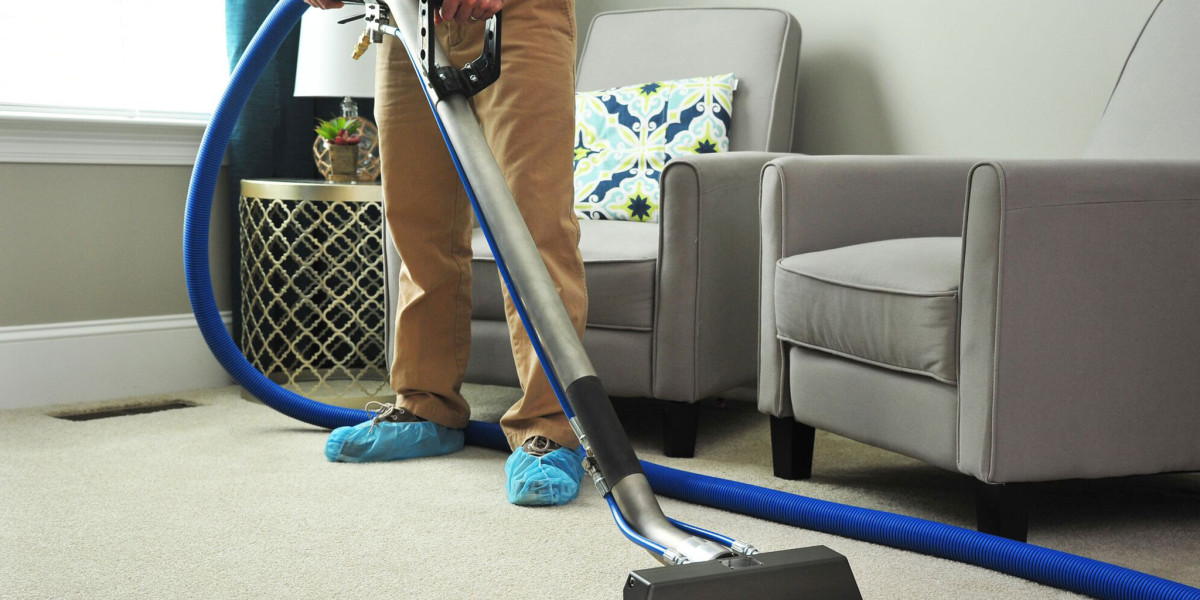Finding Stability in a Healing Environment
For individuals recovering from addiction or mental health challenges, the right environment is key to achieving long-term stability. Sober living homes offer a bridge between formal treatment programs and a return to independent living. They provide support, structure, and community, making them valuable assets in the recovery process.
This blog explores the role and benefits of sober living homes, guidance on choosing the right one, and how these homes contribute to long-term recovery. We'll also address common misconceptions and highlight the role of healthcare professionals in supporting this vital part of the recovery ecosystem. By the end of this post, you'll gain a comprehensive understanding of how sober living homes facilitate a smoother transition to a healthier, more independent life.
How Do Sober Living Homes Work?
Sober living homes are structured residential environments for individuals reintegrating into everyday life after addiction treatment or mental health therapy. Unlike inpatient or residential treatment facilities, sober living homes allow residents to maintain a degree of independence while being part of a supportive, substance-free community.
Residents typically live alongside peers who are also on their recovery journey, working together to strengthen their coping skills and emotional health. These homes are not medical facilities, but they offer crucial programs and support networks designed to prevent relapse and promote personal growth.
Benefits of Sober Living Homes for Mental Health Patients
Sober living homes provide numerous advantages that address the emotional, psychological, and practical needs of individuals recovering from substance use disorders or mental health challenges.
1. A Substance-Free Environment
Sober living homes prioritize sobriety by creating a drug- and alcohol-free space. This removes triggers that could lead to relapse and promotes an environment where accountability and commitment to recovery are central.
2. Emotional and Peer Support
Living among others who understand the struggles of addiction and mental health means residents receive ongoing peer support. Many sober living homes also offer group counseling and meetings to foster connections and combat feelings of isolation.
3. Step-Down Approach to Treatment
These homes act as transitional spaces between the highly structured environment of rehabilitation and the often unstructured nature of independent living. Sober living homes provide just enough freedom while maintaining accountability.
4. Skill-Building Opportunities
To prepare residents for independent living, sober living homes often include programs that teach essential life skills. This can range from financial planning to job-seeking assistance and conflict resolution strategies.
Key Features and Amenities of Sober Living Homes
While sober living homes vary in their offerings, here are some common features that make them effective:
Structured Environment: Curfews, rules, and clear expectations help residents maintain healthy routines.
Random Drug Testing: Ensures that everyone adheres to the home’s substance-free policies.
Access to Resources: Many homes provide resources like therapy referrals, employment assistance, and educational workshops to support personal and professional growth.
Shared Responsibilities: Residents often perform chores or take on house responsibilities, fostering accountability.
Recreational Opportunities: From group outings to fitness classes, sober living homes encourage healthy leisure activities that support emotional well-being.
Preventing Relapse Through Long-Term Support
One of the greatest strengths of sober living homes lies in their ability to reduce the risk of relapse for residents.
Here’s how these homes support long-term recovery:
Daily Accountability: Group check-ins and house meetings ensure there’s monitoring and support for sobriety goals.
Building Healthy Habits: Residents are encouraged to develop routines, such as regular exercise and mindfulness practices, that reinforce positive coping mechanisms.
Continued Therapy Access: Many sober living homes partner with local therapists or offer information about AA/NA groups.
Steady Peer Influence: Living with like-minded individuals helps create a sense of belonging and reduces loneliness, often a precursor to relapse.
Guidelines for Choosing the Right Sober Living Home
Not all sober living homes are created equal, which is why choosing the right one is crucial. Here are a few tips to help:
Verify Licensing and Reputation
Seek homes that adhere to state regulations and have positive reviews from former residents. Accreditation from organizations like the National Alliance for Recovery Residences (NARR) can also indicate quality.
Assess Location and Accessibility
A home close to work, family, or therapy centers can make returning to routine life more convenient.
Understand the Rules
Ensure you’re comfortable with the house guidelines, such as curfews, visitor policies, and drug-testing practices.
Review Costs
Ask about fees and what’s included (e.g., food, utilities, and program access). Financial transparency matters when budgeting for this step in recovery.
Tour the Facility
Whenever possible, visit the property. This will give you insight into the cleanliness, safety, and overall culture of the home.
Tackling Common Misconceptions About Sober Living Homes
Sober living homes are often misunderstood. Here’s the truth behind some common myths:
Myth 1: Sober living homes are the same as treatment centers.
Reality: Sober living homes are transitional housing solutions, not medically supervised treatment facilities.
Myth 2: Only people with severe addictions need sober living.
Reality: Residents come from diverse backgrounds, including those with mild substance use challenges or people transitioning after mental health treatments.
Myth 3: Sober living homes are expensive.
Reality: Many homes are actually affordable and may cost less than traditional rental housing. Nonprofits and insurance also sometimes help with costs.
The Role of Healthcare Professionals in Recommending Sober Living Homes
Healthcare professionals, such as therapists and social workers, are instrumental in an individual’s decision to enter a sober living home. Their experience allows them to guide patients toward accredited homes that fit individual recovery needs.
When mental health professionals suggest sober living homes, they’re essentially advocating for their patients to have ongoing support tailored to recovery, ultimately improving outcomes.
Inspiring Success Stories
Take Caitlin, for example. After leaving rehab, she moved into a sober living home where she received consistent support and established a new routine. Today, Caitlin works full-time, attends therapy regularly, and happily shares her story to inspire others.
Another success story is James, a veteran who battled addiction for years. With the support of his sober living home and the relationships he formed there, James rebuilt his life and now mentors new residents adjusting to life after rehab.
The Future of Sober Living Homes in Mental Health Care
The role of sober living homes in mental health and addiction treatment is only expanding. With new technologies, better resources, and shifting societal attitudes toward addiction recovery, these homes are becoming an integral part of the recovery landscape. Expect to see innovations like digital tracking tools and virtual peer counseling becoming staples in many sober living programs.
Why Sober Living Homes Are Key to Recovery
Sober living homes bridge the gap between treatment programs and independent living, providing the tools, resources, and supportive community needed for a successful recovery. Whether you're a mental health professional, a patient exploring recovery options, or a supporter of someone in need, understanding the crucial role of sober living homes is vital.
Looking for a trusted sober living home to recommend or explore? Share this guide to spread awareness about these life-changing communities.








